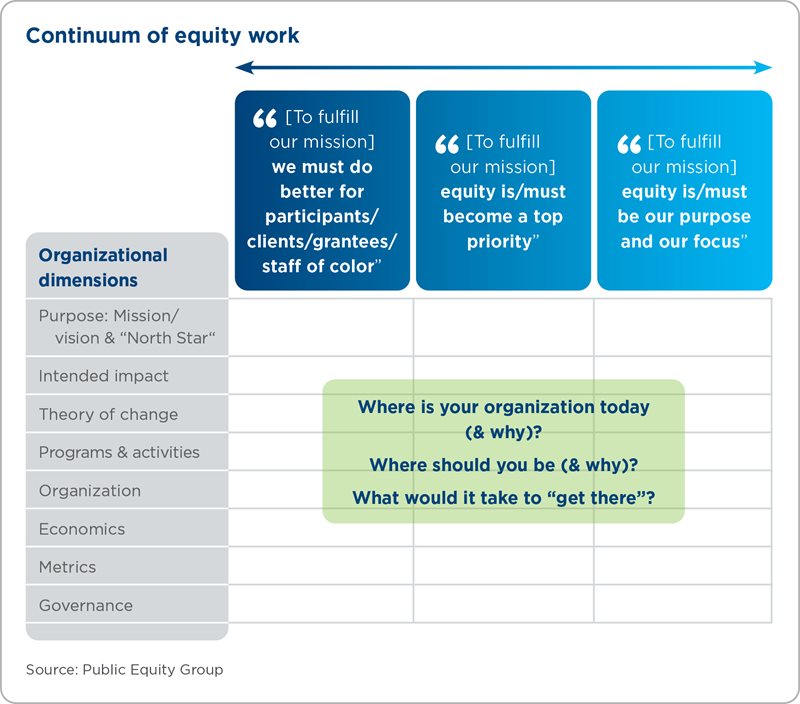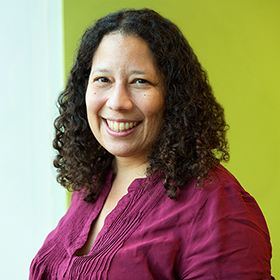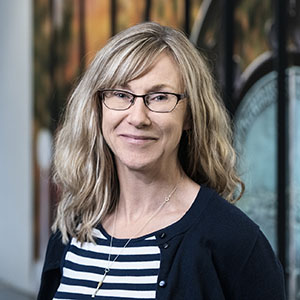To help answer those questions, Public Equity Group (PEG), a strategy and management consultant firm that helps mission-driven organizations achieve impact in service of equity, would like organizations to start thinking about their equity work and journey along a continuum. PEG’s John Newsome and Rita Louh, both Bridgespan alumni, have been leading that effort.
“A continuum, and its lack of defined start and end points, implies the journey is not entirely linear. Instead, there are shifts, and there is potential to move backwards and forwards,” says Newsome. “A continuum also attempts to be intentional and somewhat nonjudgmental about the journey. Deep change is hard for most organizations, and requires both urgency and self-compassion.”
Drawing from a decade of client work, PEG’s Equity Continuum is a framework to help organizations map and plan a unique equity journey. The continuum identifies different stages along the journey:
- To fulfill our mission, we must do better for participants/clients/grantees/staff of color,
- To fulfill our mission, equity is (or must become) a top priority, and
- To fulfill our mission, equity is (or must become) our purpose and our focus.
In addition, the framework considers multiple organizational dimensions within those stages. PEG suggests that moving through an equity journey means considering—sometimes at different times or to different depths—how equity is addressed within each of these organizational dimensions.

By viewing the equity journey through stages and dimensions, the framework’s breakthrough is the recognition that an organization may not be in the same stage for each dimension. For instance, a youth development organization may have internalized that students of color deserve greater programmatic focus and attention, given data about persistent underinvestment and disparities, even though the organization’s “governors” (e.g., board members/trustees) may not yet view equity as a top organizational priority.
“The process of figuring out where your organization is on each dimension is an important part of the work, as is moving the organization where you want it to be. A framework can help an organization to reflect and set goals, but it is not a recipe,” says Louh. (Bridgespan has used PEG’s Equity Continuum in our organization’s internal racial equity work.)
When thinking about an organization’s equity journey as a continuum, there are two principles to keep in mind:
- There’s no universal destination, or “right” starting point: While PEG believes every organization should consider how it can best advance racial equity, it does not think every organization must become “equity focused.” Thus, the continuum is not meant to be seen as a journey from left to right. Instead, part of the work for an organization is to have the internal conversations about the rows and the columns to think about where the organization is now, where it wants to be, and what is required to get there. Likewise, some in the field have argued that an organization’s equity journey should begin with deep, internal reflection, or board engagement, while others have argued that an equity journey should begin with deep community listening and engagement. PEG thinks either is great. “Just start wherever you think you can generate productive leader, staff, and/or community energy and make some progress”.
- The journey is holistic and iterative: “Like any comprehensive change process, the equity journey consists of successes, failures, and lessons learned, followed by more progress,” says Newsome. The continuum is intended to be used repeatedly over time so that organizations can continue to reflect on their shifts and progress as a whole, and on each strategic and operational dimension. A key consideration during ongoing internal reflection is becoming aware of alignment, or misalignment, within and across organizational dimensions and the organization as a whole.
Cora Daniels is an editorial director working in Bridgespan’s New York office. Carole Matthews is a managing editor working in the Boston office.



